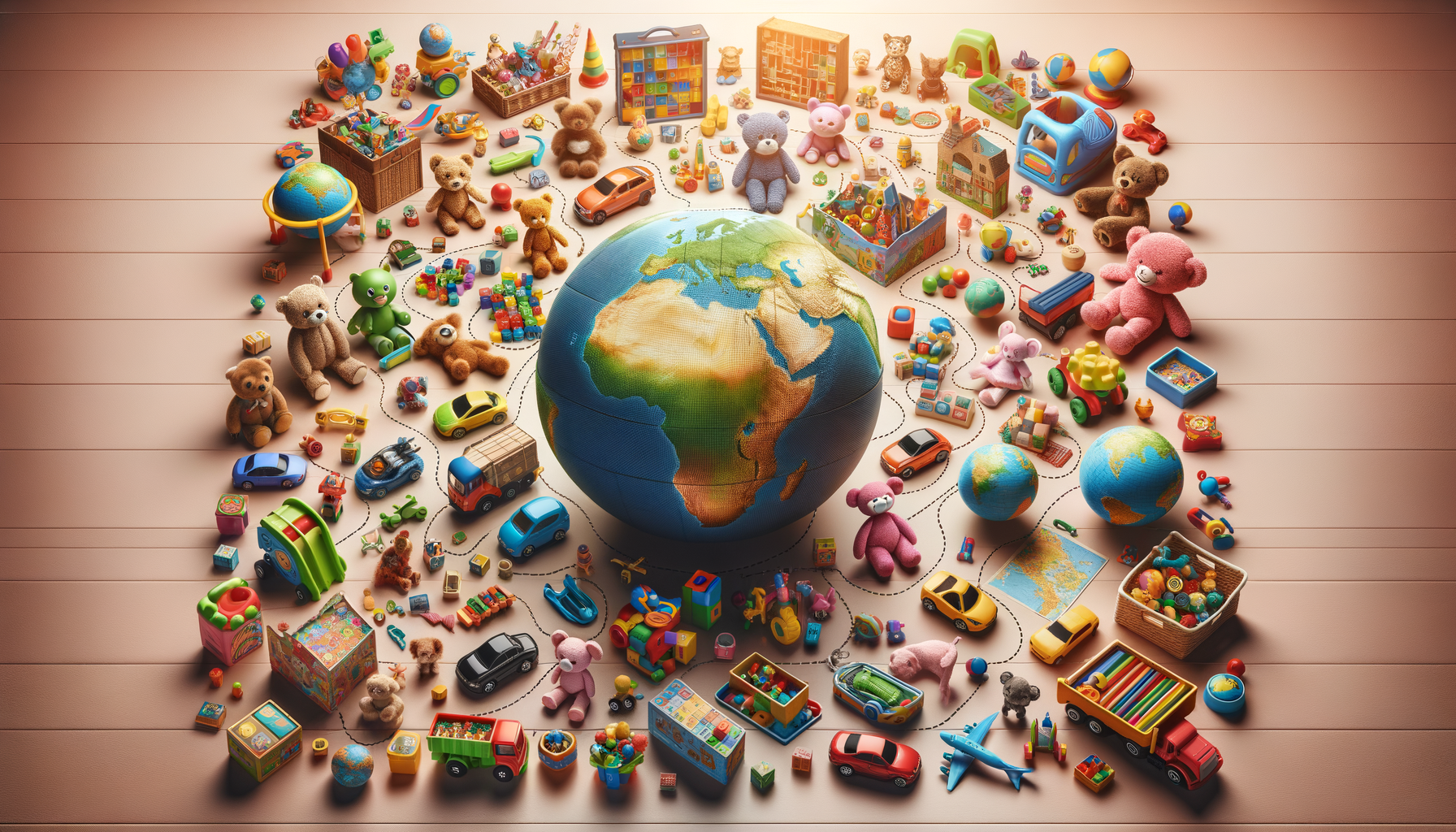The Importance of Kids Toys in Child Development
Kids toys play a crucial role in the development of children, offering more than just entertainment. They are instrumental in fostering cognitive, physical, and social skills. Toys are not merely objects for play; they are tools that aid in the learning process. For instance, building blocks can enhance spatial awareness and problem-solving skills, while puzzles can improve concentration and patience.
Moreover, toys designed for physical activity, such as balls and jump ropes, contribute to gross motor skills and overall physical health. Engaging with toys also encourages creativity and imagination. When children play with action figures or dolls, they often create elaborate stories and scenarios, which can boost their storytelling abilities and expand their vocabulary.
Socially, toys can teach children about sharing and cooperation. Board games and group play activities require children to interact with others, helping them to develop communication skills and understand the importance of teamwork. In essence, toys are vital in shaping a child’s early experiences and laying the foundation for lifelong learning and development.
Types of Kids Toys and Their Benefits
The world of kids toys is vast and varied, catering to different age groups and interests. Each type of toy offers unique benefits that contribute to a child’s development. Here are some common categories:
- Educational Toys: These toys are designed to teach children specific skills. Examples include alphabet blocks, math games, and science kits, which help children learn basic academic concepts in a fun and engaging way.
- Creative Toys: Toys like art supplies, musical instruments, and craft kits encourage creativity and self-expression. They allow children to explore their artistic talents and express their emotions through various mediums.
- Physical Activity Toys: Items such as bicycles, trampolines, and sports equipment promote physical fitness and help children develop coordination and balance.
- Role-Playing Toys: Dolls, kitchen sets, and dress-up costumes enable children to engage in imaginative play, which is essential for developing empathy and understanding different perspectives.
Each toy type serves a specific purpose, and choosing the right toys can significantly enhance a child’s growth and learning journey.
Safety Considerations When Choosing Kids Toys
While toys are essential for child development, safety is a paramount concern for parents and caregivers. Selecting age-appropriate toys is crucial to prevent accidents and injuries. Toys should be free from small parts that could pose choking hazards, especially for younger children. It’s important to check for sharp edges or points that could cause harm.
Additionally, toys should be made from non-toxic materials, as children often put toys in their mouths. Parents should look for safety certifications on toy packaging, which indicate that the toy has been tested and meets safety standards. Regularly inspecting toys for wear and tear is also important, as broken toys can pose risks.
Furthermore, it’s advisable to supervise children during playtime, particularly when they are using new or complex toys. Educating children about proper toy usage can also prevent accidents and ensure a safe and enjoyable play experience.
The Evolution of Kids Toys Over the Years
The landscape of kids toys has evolved significantly over the years, reflecting changes in technology, culture, and educational philosophies. In the past, toys were often handmade and simple, such as wooden dolls and homemade kites. These toys focused on creativity and imagination.
With the advent of industrialization, toys became more diverse and widely available. The introduction of plastic revolutionized toy manufacturing, allowing for the creation of more complex and durable toys. In recent decades, technology has further transformed the toy industry, with electronic and digital toys becoming increasingly popular.
Today, interactive toys that incorporate artificial intelligence and virtual reality are on the rise, offering immersive and educational experiences. Despite these advancements, traditional toys like building blocks and puzzles remain popular, highlighting the enduring appeal of classic playthings. The evolution of toys continues to reflect societal trends and advancements, providing children with new and exciting ways to learn and play.
Choosing the Right Toy for Your Child
Selecting the right toy for a child involves considering several factors, such as the child’s age, interests, and developmental needs. Age-appropriate toys ensure that children are challenged without being overwhelmed. For infants, sensory toys that stimulate sight, sound, and touch are ideal, while toddlers benefit from toys that encourage movement and exploration.
As children grow, their interests become more defined. Engaging them with toys that align with their passions can foster a love for learning. For example, a child interested in science might enjoy a chemistry set, while a budding artist might appreciate a painting kit.
Parents should also consider the educational value of toys. Toys that promote critical thinking, creativity, and physical activity are particularly beneficial. It’s important to strike a balance between educational and recreational toys, ensuring that playtime remains enjoyable and enriching.
Ultimately, the right toy can inspire a child’s curiosity and support their growth, making thoughtful selection crucial for their development.




Leave a Reply